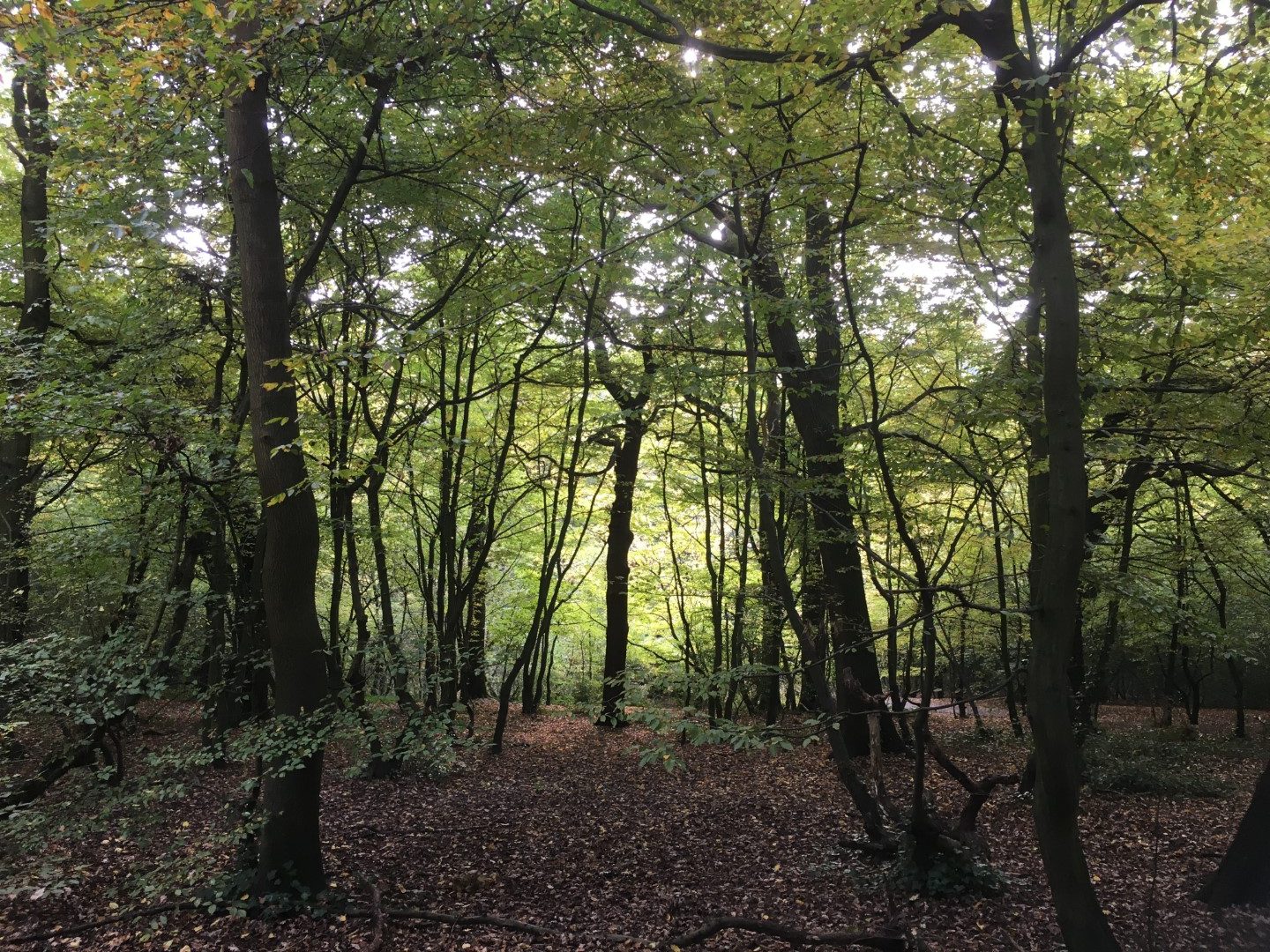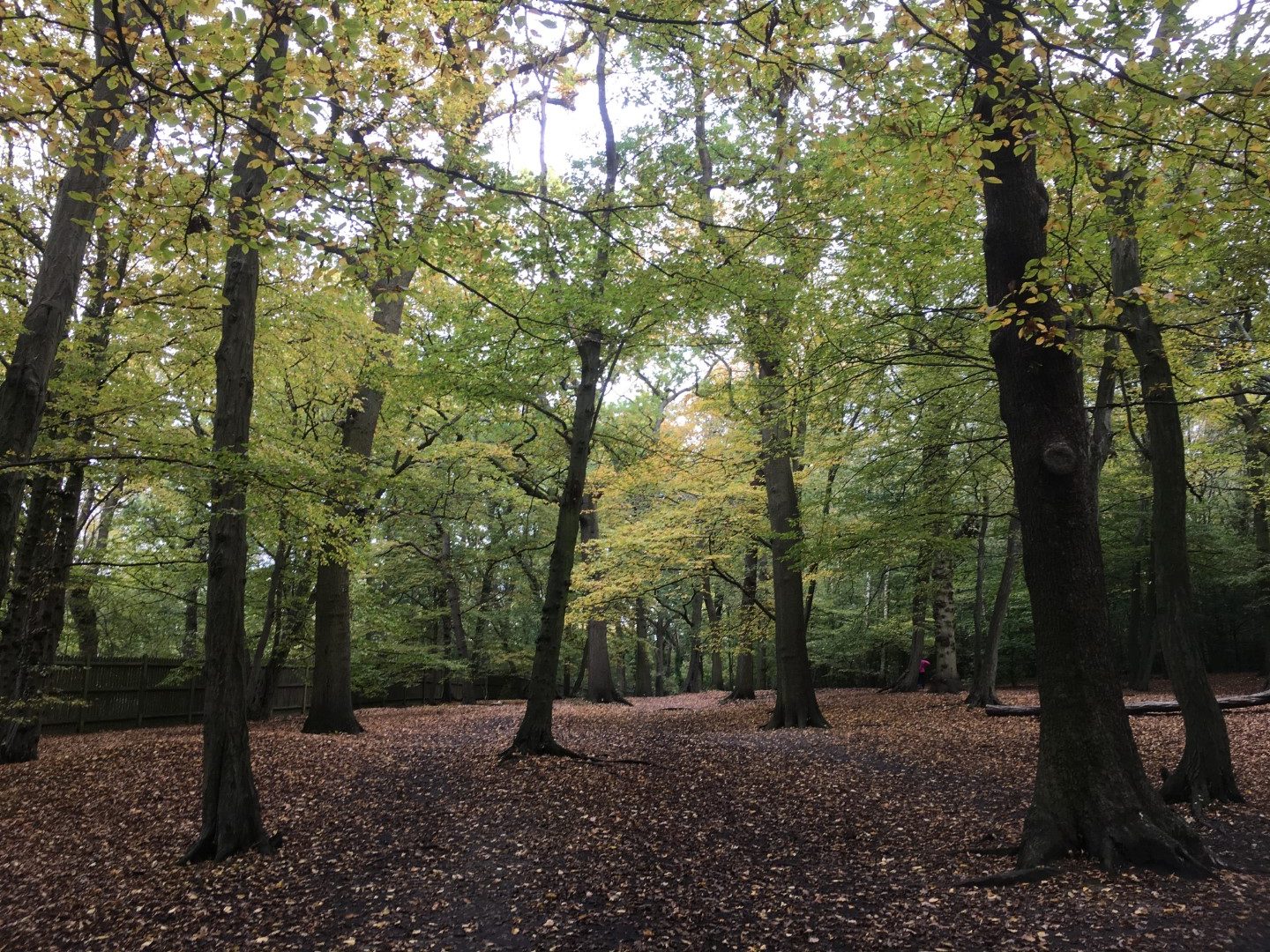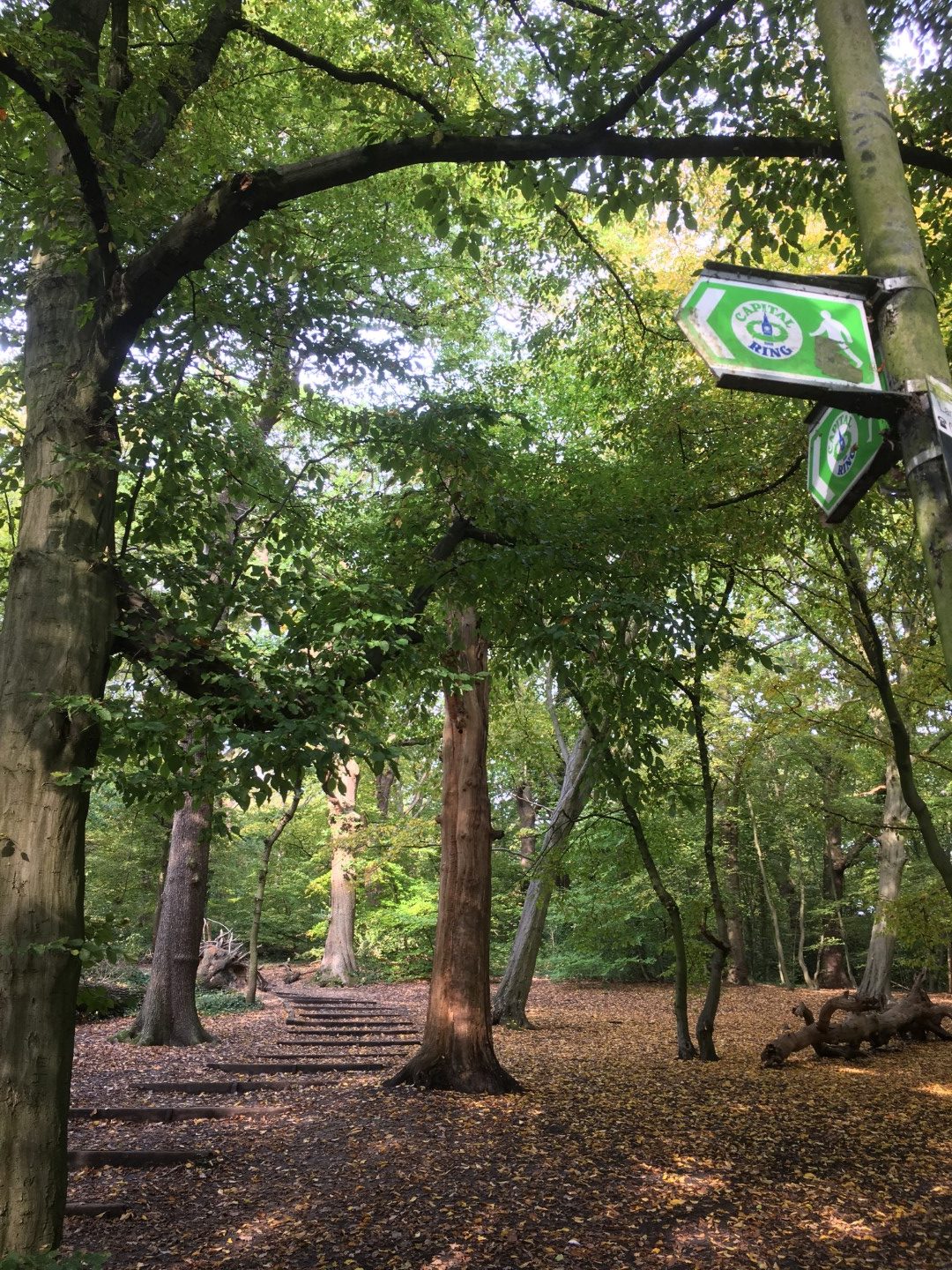Nature has many splendours. Three that come to mind are mountains, trees and the many forms of water (lakes, rivers, oceans, snow, ice).
Of these, I find mountains frightening. No matter how many times I walk up them, apprehension overrides the veneration I feel at the foot of a mountain.
Rivers and vast expanses of water also cause some trepidation. This is almost certainly a residue of a childhood event. During a school swimming class, I almost drowned. In retrospect, I probably came nowhere near drowning. But when you’re seven, can’t swim and go under water for a few seconds, it seems like an eternity. You’re scarred.
Whenever I was exposed to water as a child, I became nervous. Even walking on a seaside pier, seeing the water between the planks, was alarming.
I remained a non-swimmer until early adulthood. My first swimming lessons were unsuccessful. After weeks of trying, the teacher declared I was “too dense”. She said something about footballers and runners not having enough fat to keep afloat!
After a few more unsuccessful attempts during my twenties, I found out that my local pool had some beginners’ classes. I joined. The teacher, I learnt, was once a candidate for the Norwegian Olympic swimming team. He ignored my denseness and got to work.
The key was a vital piece of knowledge that had been withheld from me until my Norwegian teacher shared it. If you hold your breath, you will stay afloat! To prove it, he told me to take a deep breath, hold my knees to my chest and put my face in the water. Sure enough, I just bobbed up and down. This was a revelation! With that sacred knowledge and being shown how to move my arms, I was able to hold my breath long enough to get across the beginners’ pool using a stroke that vaguely resembled the front crawl. Progress, at last. As long as I didn’t have to swim further than ten metres, I would be fine.
The lessons continued until one day, seeing my improvements over ten metres, the Norwegian suggested I try swimming the 25-metre section. The pool was shallow so I thought I could always stand up if I couldn’t hold my breath for the whole length. He had shown me how to stand from a swimming position.
And then it happened, one evening, I swam the whole 25 metres. I was breathless and deliriously happy – even though I probably looked like someone escaping a manic shark. It took several minutes to recover. The teacher said he didn’t see me take in any air. I told him that I hadn’t! He hadn’t realised I had been swimming on one breath all this time!
I eventually learnt how to breathe and swim. I started swimming more laps. My next milestone was 40 lengths – 1 km. I swam this distance after a few months. I don’t know where this number came from but by this time I was swimming some mornings or lunch times on my own.
As my confidence grew, I asked the teacher to show me other strokes. I learnt backstroke and breaststroke (badly). Another teacher told me that the Norwegian’s butterfly stroke was extraordinary. It was. He moved like a dolphin. I tried to learn the stroke but it was too difficult.
However, the stroke I had always associated with swimming was the front crawl. That was proper swimming because, whilst growing up, I saw Tarzan only ever do the front crawl on TV. I was content. If Tarzan could take on crocodiles doing the front crawl, that was good enough for me.
So, with mountains and water, I have a complicated relationship. But with trees and woodland, it’s simple. I love them. If I want to think, not think, forget about everyday life, or find peace, the woods are where I go. Some trees have known me for decades. They are recuperative – and magical.
I still can’t believe that an acorn turns into an oak tree. When I was in Sequoia National Park last year, I saw the seed cones of these magnificent giant trees. (If you’ve not hugged a sequoia tree, they’re soft.) The seeds are about 6 cm and can remain closed for twenty years. Proportionately, that’s probably about right since they can live for thousands of years. Incredibly, some of the trees we saw were around during the Roman Empire!
If you want to hear about how trees talk to each other and how older trees feed younger ones using an underground network, watch this TED Talk about nature’s internet.
Below are some photos of Queen’s Wood and Hampstead Heath I took this week. It was too wet to hug them.












